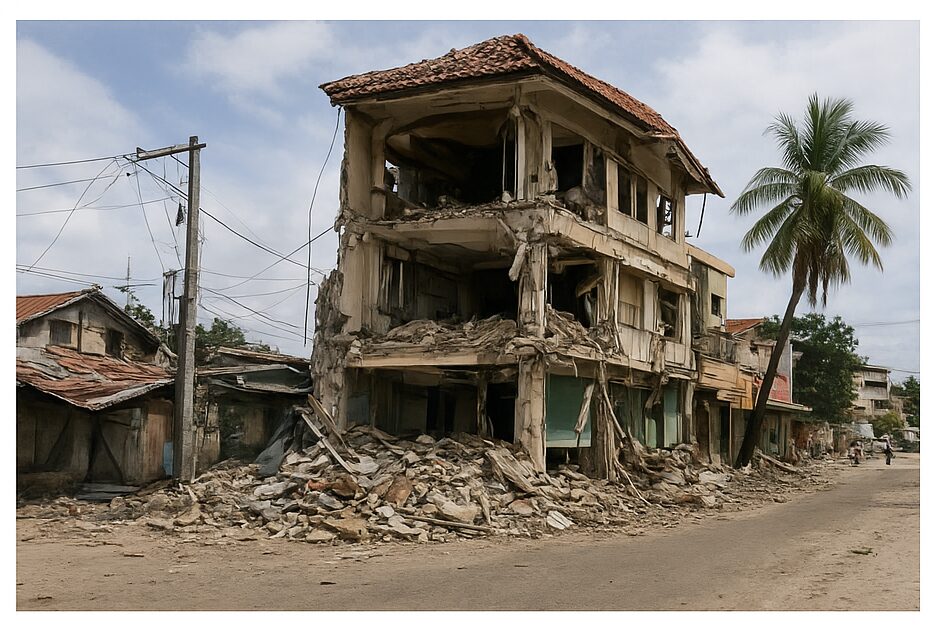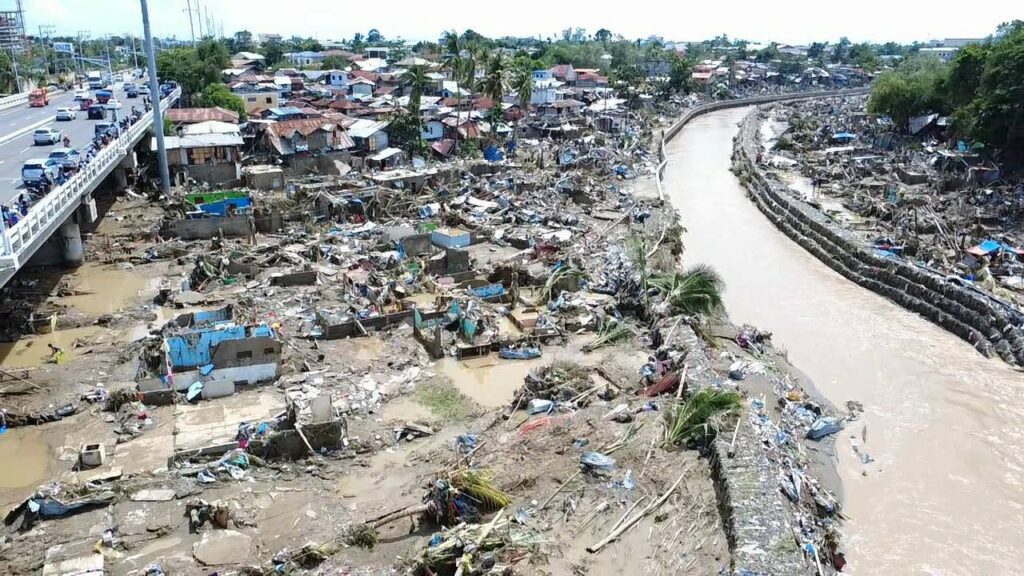Earthquake in Cebu City, Philippines (2025): Causes, Impact, and Preparedness Guide
Introduction
On the evening of September 30, 2025, a powerful 6.9-magnitude earthquake struck near Cebu City, shaking the entire Central Visayas region. The tremor, which originated offshore near Bogo City, was one of the most intense in the island’s recent history. Within seconds, buildings swayed, power lines snapped, and people rushed into open spaces as the ground roared beneath their feet.
This major seismic event serves as a critical reminder of how vulnerable the Visayas region is to earthquakes and why preparedness, early warning systems, and resilient infrastructure are vital.
BAGO MANGYARI ANG MALAKAS NA LINDOL
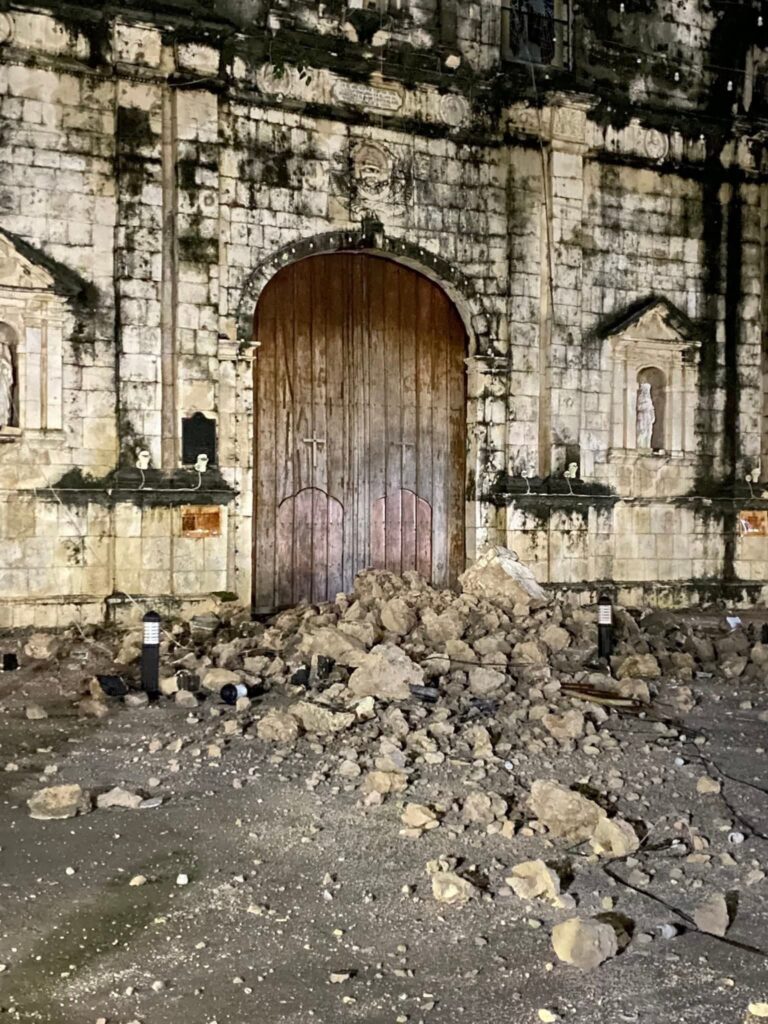
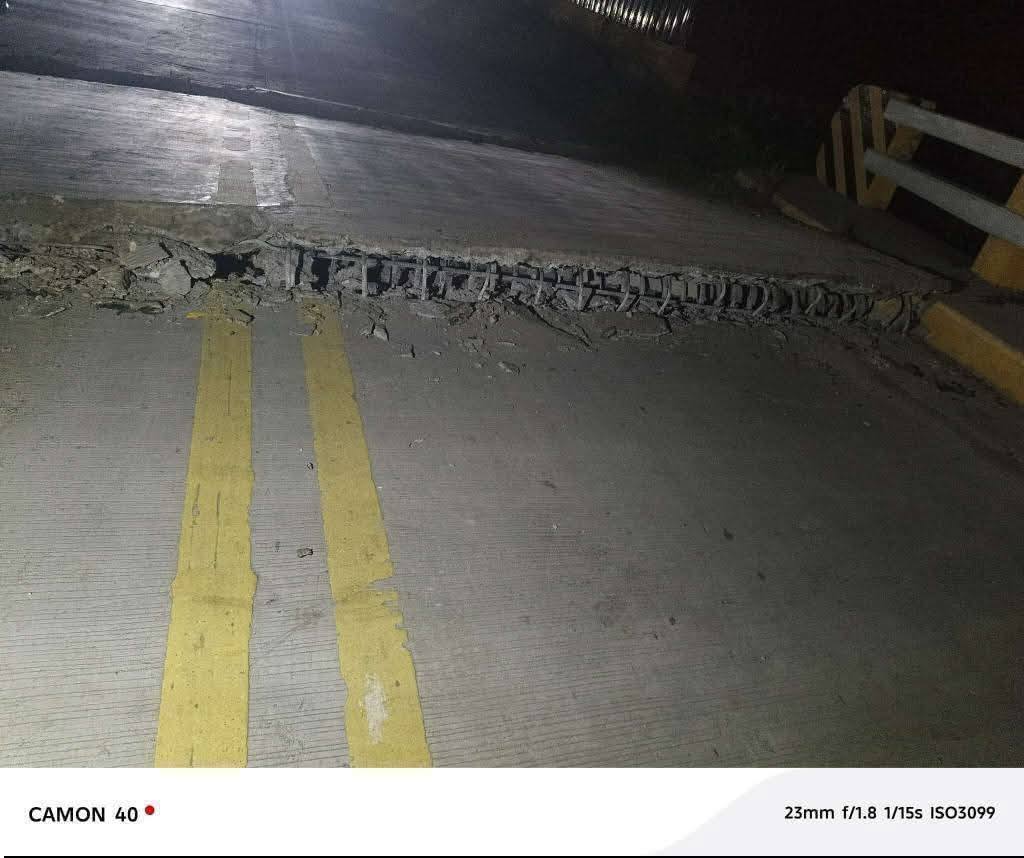
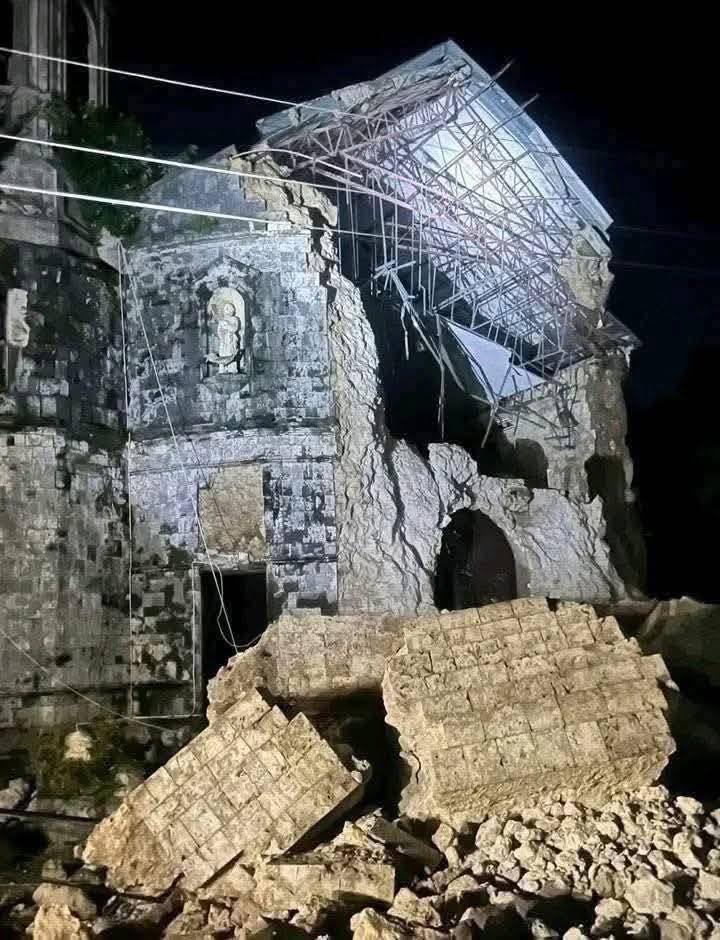
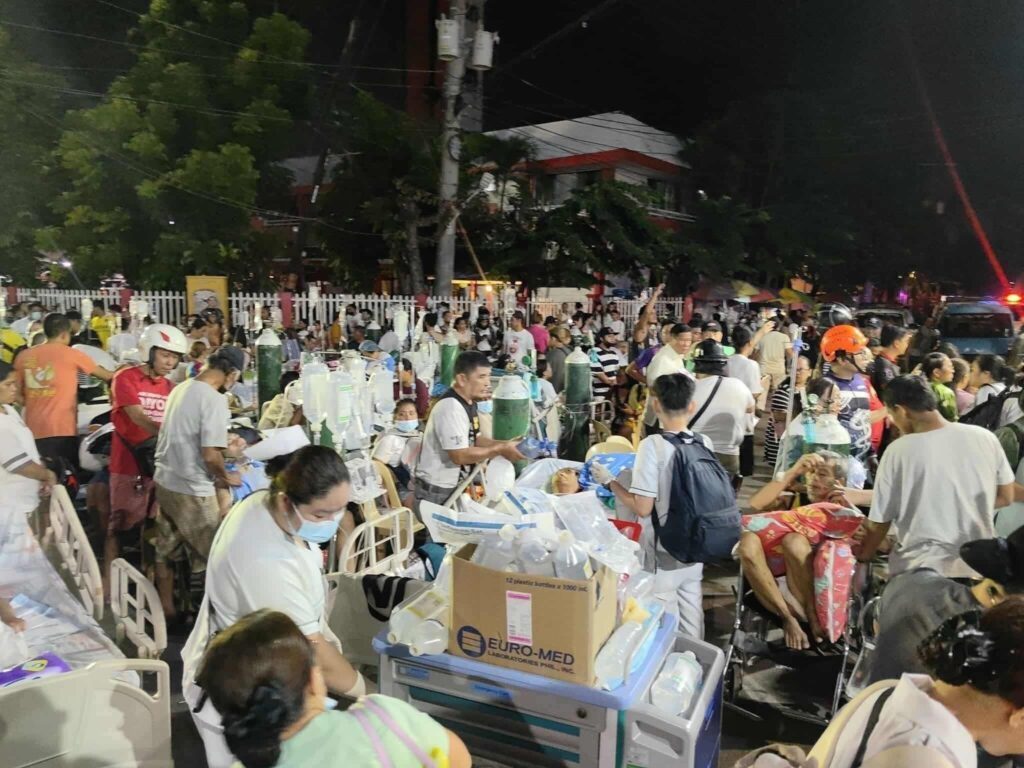
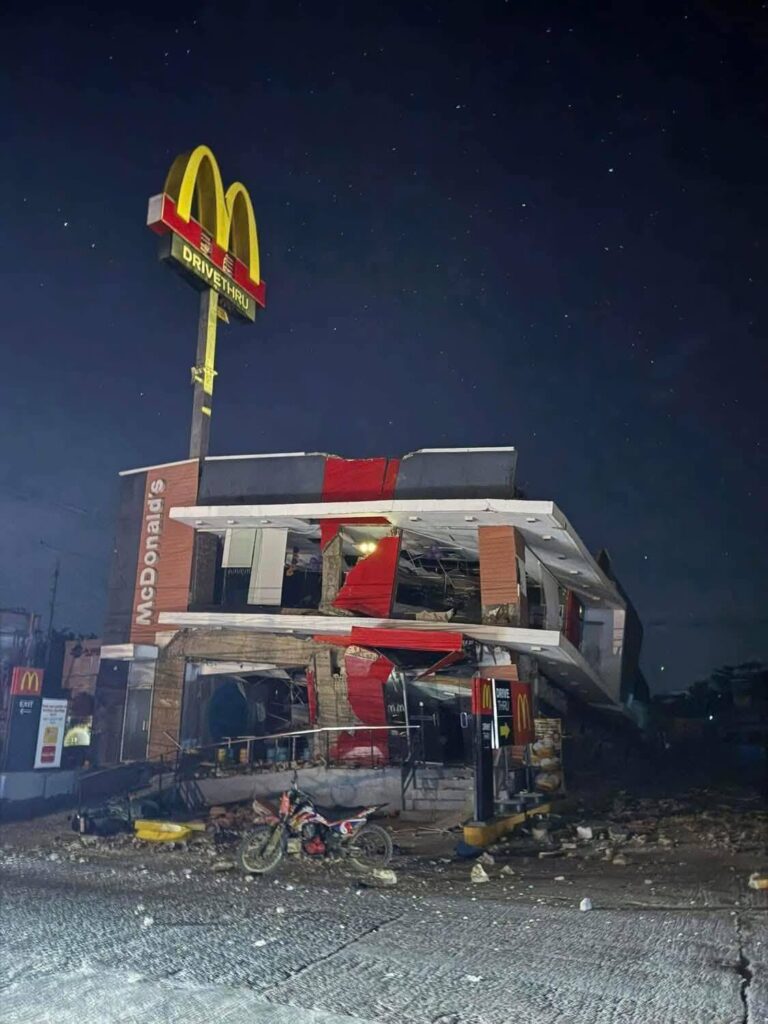
The Geological Setting of Cebu
Cebu’s Fault Lines and Seismic Profile
The Philippines lies along the Pacific Ring of Fire, a region notorious for frequent earthquakes and volcanic activity. Cebu, part of Central Visayas, is located near active fault systems, making it prone to moderate to strong seismic activity.
The Central Cebu Fault System runs through the island and is capable of producing earthquakes of magnitude 6.5 to 7.1. In addition, smaller faults in northern Cebu, such as the Bogo Bay Fault, can generate strong local quakes like the 2025 event.
Although Cebu is less seismically active than Luzon or Mindanao, its underlying rock formations and shallow earthquake sources make ground shaking particularly damaging in populated areas like Cebu City.
Why Cebu Is at Risk
Cebu’s dense urban development, old structures, and limited open spaces amplify its vulnerability. Soft sediments along coastal zones can also intensify shaking through a process known as ground motion amplification.
Even moderate tremors can cause severe damage if they occur at shallow depths — as was the case with the 2025 earthquake.
Details of the 2025 Earthquake
Main Characteristics
Magnitude: 6.9
Epicenter: Offshore, approximately 19 kilometers northeast of Bogo City
Depth: Around 5 kilometers (shallow)
Date and Time: September 30, 2025, 9:59 PM (Philippine Standard Time)
Duration: Approximately 30 seconds
Type: Strike-slip fault movement
Because it was shallow, the shaking was intense and widely felt across the Visayas and even parts of Mindanao and Luzon.
Aftershocks
Following the main shock, hundreds of aftershocks were recorded, some strong enough to rattle nerves and cause additional minor damage. These smaller quakes reminded everyone that seismic activity could continue for weeks or even months after a major event.
Intensity and Affected Areas
Shaking and Ground Effects
The strongest shaking was felt in northern Cebu, particularly in Bogo, San Remigio, and Daanbantayan. Cebu City, although farther from the epicenter, experienced intensity levels strong enough to cause structural cracks, falling debris, and widespread fear.
Residents in nearby islands like Negros, Bohol, and Leyte also reported moderate to strong shaking. Some areas experienced temporary liquefaction, landslides, and minor ground ruptures.
Power and Infrastructure Disruption
Power outages occurred immediately after the quake, leaving large portions of Cebu in darkness. Water supply systems were temporarily interrupted, and telecommunication networks experienced congestion as people tried to contact loved ones.
Airports, ports, and bridges were inspected for damage. Some roads were temporarily closed to allow engineers to assess cracks and landslides.
Impact on Cebu City
Structural and Infrastructure Damage
Cebu City, being one of the most urbanized areas in the Visayas, sustained notable damage:
Older buildings developed visible cracks and structural weaknesses.
Several schools and government offices temporarily suspended operations for safety inspections.
Churches and heritage sites suffered from fallen masonry and damaged walls.
Hospitals and clinics were overwhelmed with injured residents seeking treatment.
The city’s emergency response teams worked round the clock to inspect high-rise structures and critical facilities to ensure they were safe for occupancy.
Human Toll and Casualties
Across Cebu province, dozens of people lost their lives, and hundreds sustained injuries. While Cebu City recorded fewer fatalities compared to towns near the epicenter, it faced numerous cases of injuries from falling debris and stampedes during evacuation.
Thousands of residents were displaced from damaged homes and spent nights in open fields, parks, and evacuation centers.
Economic and Social Impact
The economic cost of the earthquake was immense. Businesses were forced to close temporarily, trade and logistics were disrupted, and tourism bookings were canceled.
The psychological toll was equally significant. Many Cebuano families were traumatized by the event and struggled to sleep indoors due to fear of aftershocks.
Comparison with Past Earthquakes
Cebu has experienced earthquakes before, but none in recent memory were as strong as the 2025 event. The 2013 Bohol earthquake, which also affected Cebu, caused severe damage to historical landmarks and infrastructure.
The 2025 quake, however, was unique because it struck closer to Cebu itself and activated a previously less-known fault. This underlines the unpredictability of earthquakes and the need for continuous scientific monitoring.
Why the 2025 Earthquake Caused Severe Damage
Several factors explain the level of destruction and panic caused by the 2025 quake:
Shallow Depth: The earthquake originated only 5 kilometers underground, amplifying surface shaking.
Fault Movement: The movement along the Bogo Bay Fault caused strong lateral displacement, shaking buildings horizontally.
Soil Amplification: Soft sediments beneath many urban areas magnified ground vibrations.
Old and Non-Compliant Structures: Some buildings were not built according to modern seismic standards.
Dense Population: The concentration of people and structures in Cebu City increased exposure to risk.
Response and Relief Efforts
Immediate Actions
Local authorities and national agencies activated disaster response protocols within minutes of the quake. Search and rescue teams, the Philippine National Police, and the Armed Forces were deployed to assess damage and assist victims.
Emergency shelters were established in schools, sports complexes, and barangay halls. Medical teams provided first aid, while private hospitals in Cebu City handled serious injuries.
Power companies worked tirelessly to restore electricity, and telecommunication providers set up mobile signal stations to reconnect affected communities.
Community Solidarity
As in many disasters, Bayanihan spirit emerged strongly. Residents volunteered to help distribute food, clothing, and clean water. Local businesses and churches opened their doors to shelter displaced families.
Government Support
The national government allocated emergency funds for rehabilitation, and engineers were sent to assess building integrity. Assistance was extended to families who lost homes or loved ones, while infrastructure repair priorities included roads, bridges, and hospitals.
Recovery and Rehabilitation
Short-Term Recovery
Within weeks, debris was cleared, and basic services were restored in most parts of Cebu City. Schools and offices reopened after structural checks. Relief operations continued for northern Cebu, where destruction was more severe.
Long-Term Rehabilitation
Rebuilding efforts focused on strengthening structures and enforcing updated building codes. City planners began reviewing zoning regulations, particularly in hazard-prone zones.
The local government emphasized the need for earthquake-resilient construction and stricter compliance with national structural standards.
Preparedness and Lessons Learned
1. Strengthen Building Codes
Authorities must strictly enforce modern building regulations that require earthquake-resistant designs, especially for schools, hospitals, and high-rise buildings.
2. Update Hazard Maps
Comprehensive fault mapping helps identify risk zones. Cebu’s experience shows the importance of continuous geological surveys and public awareness campaigns.
3. Educate and Prepare Communities
Regular earthquake drills in schools, offices, and barangays are essential. Residents should know evacuation routes, safe zones, and first-aid techniques.
4. Emergency Communication Systems
Reliable communication networks are vital during disasters. The 2025 earthquake exposed the need for backup systems and alternative power sources.
5. Strengthen Infrastructure Resilience
Bridges, ports, and utilities must be retrofitted to withstand high-magnitude earthquakes. Resilient infrastructure saves lives and reduces recovery costs.
6. Encourage Public Participation
Citizens should take part in community disaster risk reduction programs. Knowing what to do before, during, and after an earthquake is key to minimizing casualties.
Earthquake Safety Tips for Cebu Residents
Before an Earthquake
Prepare an emergency kit containing water, food, flashlight, radio, batteries, and medicine.
Secure heavy furniture and appliances to walls.
Identify safe spots inside the house, such as under sturdy tables or near interior walls.
Conduct regular family drills.
During an Earthquake
Drop, Cover, and Hold On. Take shelter under sturdy furniture or protect your head with your arms.
Stay away from windows, glass, and heavy objects that may fall.
If outdoors, move to an open area away from buildings and power lines.
If driving, stop safely and stay inside the vehicle until shaking stops.
After an Earthquake
Check for injuries and administer first aid if needed.
Inspect your home for cracks, leaks, or fire hazards.
Expect aftershocks — stay alert and ready to evacuate if necessary.
Listen to official advisories from local authorities.
Help neighbors, especially the elderly and children.
Economic Outlook and Future Planning
While the 2025 earthquake brought significant losses, it also accelerated Cebu’s commitment to disaster resilience. The local government and private sector are now investing in:
Stronger construction practices
Early warning technologies
Public education programs
Emergency response infrastructure
Tourism, a vital part of Cebu’s economy, is gradually recovering as rebuilding continues. Public confidence is expected to return as structures are reinforced and communities become better prepared.
Conclusion
The 2025 earthquake in Cebu City was a powerful wake-up call. It revealed not only the region’s seismic vulnerabilities but also the strength and unity of its people. Cebu’s resilience, community cooperation, and renewed focus on preparedness serve as a model for other earthquake-prone areas in the Philippines.
While earthquakes cannot be prevented, their impact can be reduced through awareness, proper planning, and strong infrastructure. Every Cebuano now knows the importance of staying prepared — because the next big one could strike without warning.

